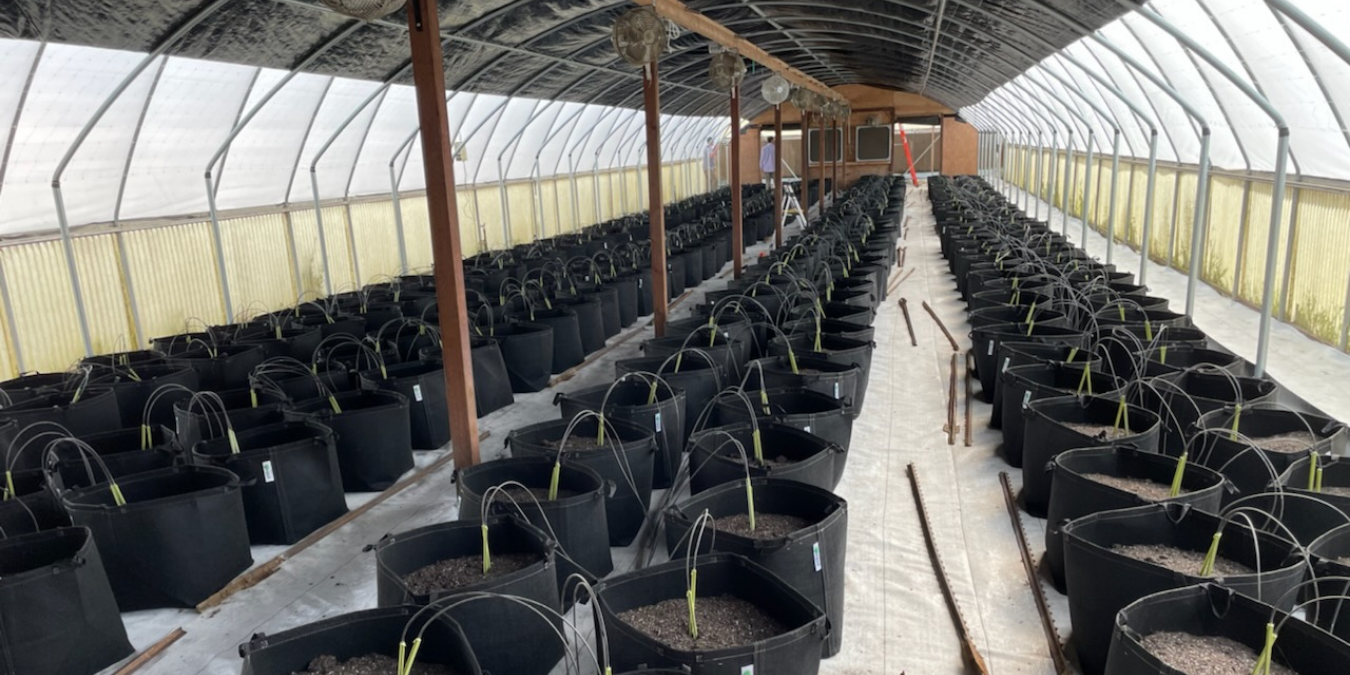One of the first things a grower learns is the importance of remembering to water their plants. This isn’t at all surprising since most plants will quickly die if the soil dries out completely. However, one commonly overlooked condition to avoid is the overwatered garden, which can lead to a whole host of potentially fatal issues that a cultivator may not notice until it’s too late.
Overwatering can be caused by excessive watering by the gardener, heavy rains, or poor drainage in the container, leading to waterlogged soil that wreaks havoc on the root system of the plants.
GeoPot is here to help by outlining the specific dangers of overwatering, followed by some simple steps you can take to ensure healthy plants and an abundant harvest:
The Dangers
As any cultivator knows, the roots are the lifeline of a plant. They absorb the essential water and nutrients required to help a plant grow and produce. But some growers forget that roots also need oxygen.
Unfortunately, overly wet soil can cause a fatal condition known as root rot, wherein the roots die due to a lack of oxygen and spread decay to nearby healthy roots, even if the poor drainage in the soil is corrected. Sometimes root rot can also be caused by fungus pathogens in the soil, such as Phytophthora, that are allowed to flourish due to overwatering. A plant that has been stressed by waterlogged soil can be particularly susceptible to this fungus.
As the roots die, they can no longer supply water and nutrients to the plant. To make matters worse, signs of damage like wilting, yellowing, and slow growth may not be apparent until weeks or months later, making it even more challenging to prevent the death of the plant.
Another potential result of overwatering is a lack of nutrition, as the microorganisms that break down nutrients in the soil and make them available to the roots are suffocated. While this is less urgent than root rot, it can still cause stress to the plant and hinder its growth.
The Solutions
Fortunately, you can take some simple steps to avoid overwatering your plants and make sure that the soil doesn’t become waterlogged.
Drainage First
The most crucial factor to consider in a container garden is drainage. Proper drainage will automatically correct any overwatering that might occur by allowing excess water to exit the container, ensuring that pockets of oxygen remain available to the roots and prevent harmful fungal pathogens from spreading.
Cultivators can achieve good drainage by planting in a fabric pot or raised bed rather than a plastic pot or wooden garden bed. Our GeoPot fabric pots and GeoPlanters are made with a non-woven geotextile fabric that provides superior drainage and aeration while making sure that the soil retains enough moisture for your plants. For more information, be sure to check out our blog post comparing the advantages of fabric raised beds to wooden planters.
Monitor the Soil
Choose a light and airy soil mixture for your container garden, and amend the soil with compost for even better drainage. Then, make sure that you are watering when the soil actually needs it, rather than sticking to an arbitrary schedule. Reach your index finger into the soil to determine its moisture level instead of judging by the drier topsoil since this can be deceiving. Also, take note of any puddles that might form after watering, as this can be a sign of poor drainage. Even though growing in a quality fabric container should avoid any issues, it’s always a good idea to keep an eye on things in case adjustments need to be made.
Flood Warning
Healthy plants are dependent on a beneficial growing environment that helps them absorb sufficient amounts of the water, oxygen, and nutrients they need to thrive, which is why it is so important to avoid throwing off the balance by overwatering the soil. We hope that this information will help you understand the risks of overwatering and how to prevent them. If you found this information useful, be sure to visit our blog often for more cultivation advice.





